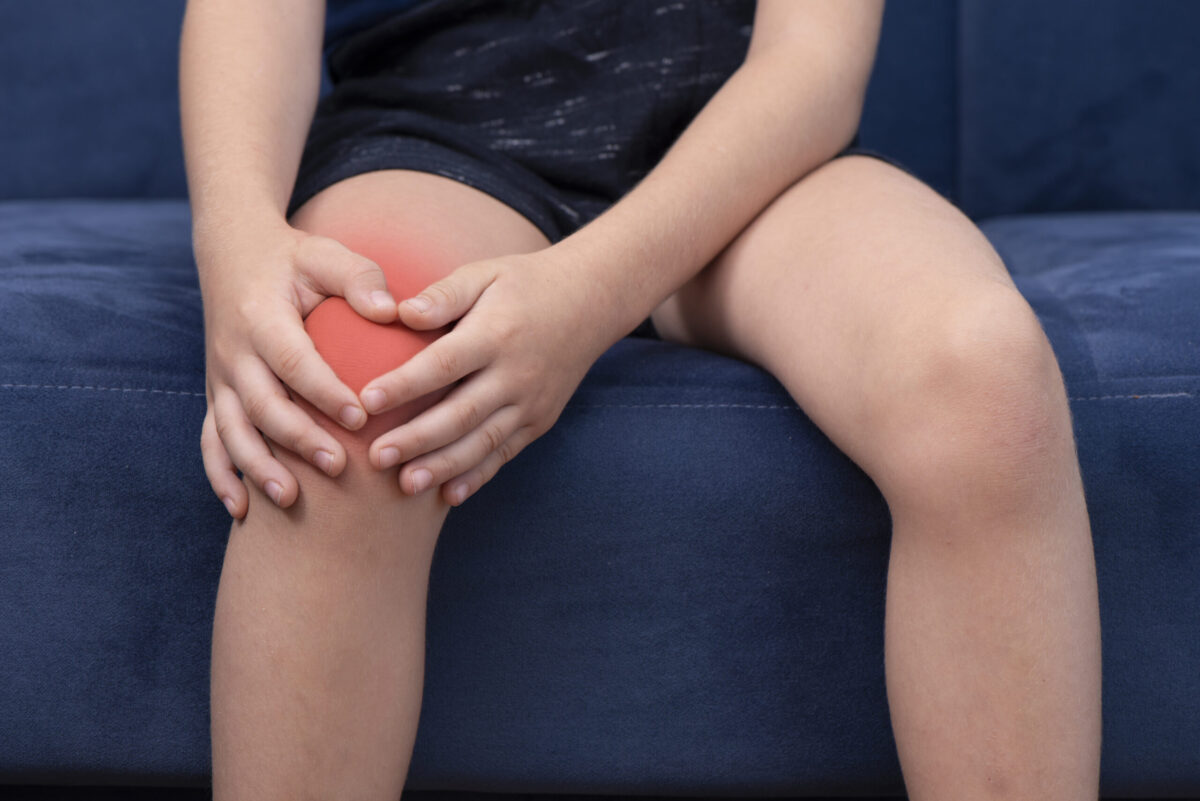In Tennessee, juvenile arthritis is one of the most common chronic illnesses of childhood, yet most of us know very little about it.
WellTuned spoke with Dr. Sharon Moore-Caldwell, a medical director for BlueCare Tennessee, to learn more.
What is juvenile arthritis?
Juvenile rheumatoid arthritis (RA) is a chronic inflammatory disease in which the body’s immune system attacks its own joints and tissues. While symptoms of RA often appear in people ages 40-60, juvenile RA — now called juvenile idiopathic arthritis (JIA) — can affect children from a very early age.
“Children can experience symptoms of JIA as young as 1 year old,” says Dr. Moore-Caldwell, “though any diagnosis through age 16 constitutes JIA. It affects girls and boys in equal numbers, and the cause is currently unknown.”
What are the symptoms of juvenile arthritis?
While JIA is difficult to diagnose, symptoms parents can look out for include:
- A high, spiking fever (lasting at least 2 weeks)
Look for an intermittent fever that comes on quickly and spontaneously returns to normal on its own.
- Arthritis (lasting at least 6 weeks)
Symptoms include pain, inflammation, swelling or redness that lasts 6 weeks or more, often in the wrist, knees and ankles. - Rash
An evanescent rash — one that comes and goes — will often last for less than 24 hours and resolve on its own. - Decreased mobility
Limping, difficulty walking and gait problems can all be signs of JIA.
There are also outlier symptoms such as enlarged lymph nodes that parents may notice, but the 4 symptoms above are most important for diagnosis. JIA can also cause inflammation inside the eyes (anterior uveitis), which can lead to decreased vision over time, but it’s so gradual the patient won’t notice it, which means routine eye exams are especially important.
How is juvenile arthritis diagnosed?
“JIA is a diagnosis of exclusion as there’s no one definitive test for it,” says Dr. Moore-Caldwell.
The history and physical exam are very important. Some children initially see their primary care provider (PCP) due to a fever, while some end up at the dermatologist because of a rash, or see an orthopedist for joint pain.
“It’s not uncommon for a physician to not initially consider JIA as the presenting symptoms might mimic those of a viral illness or infection,” says Dr. Moore-Caldwell. “That’s why it’s so important to track symptoms over time as JIA is a chronic arthritis. Be sure to reach out to your child’s PCP for any questions concerning intermittent fever, morning stiffness, rash, and swollen and warm joints — with or without pain.”
Where should people turn for support when dealing with juvenile arthritis?
“Always start with your child’s PCP,” says Dr. Moore-Caldwell. “The Arthritis Foundation also has excellent resources, especially for juvenile arthritis.”
To learn more about rheumatoid arthritis, click here.
Get more information about specific health terms, topics and conditions to better manage your health on bcbst.com. BlueCross BlueShield of Tennessee members can access wellness-related discounts on fitness products, gym memberships, healthy eating and more through Blue365®. BCBST members can also find tools and resources to help improve health and well-being by logging into BlueAccess and going to the Managing Your Health tab.





